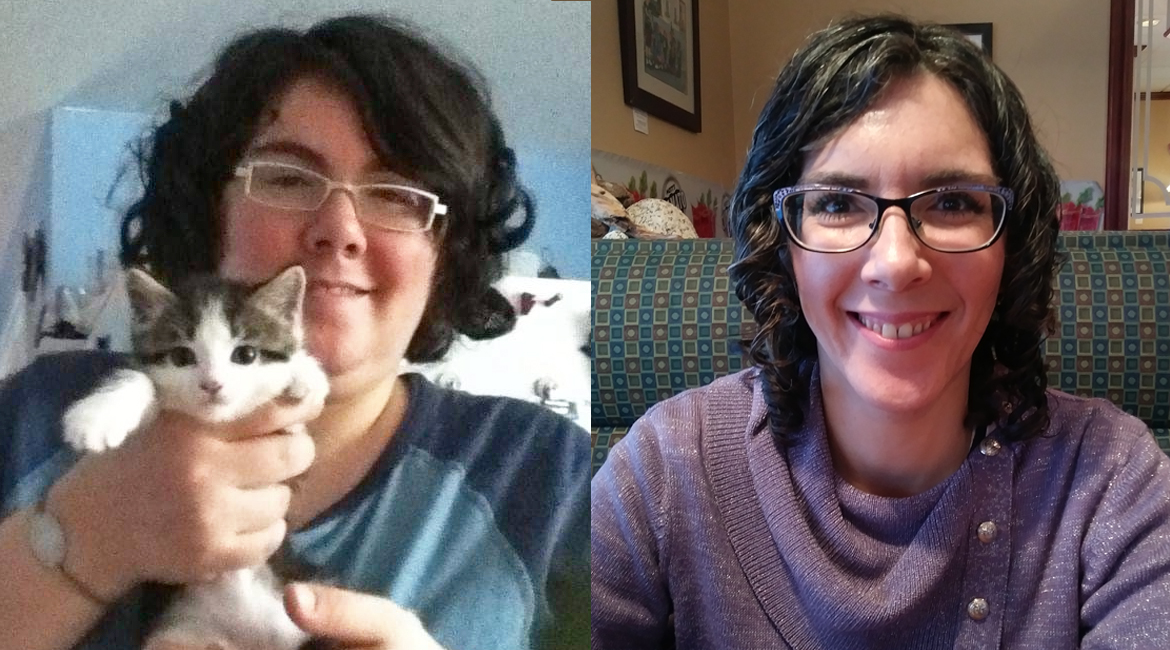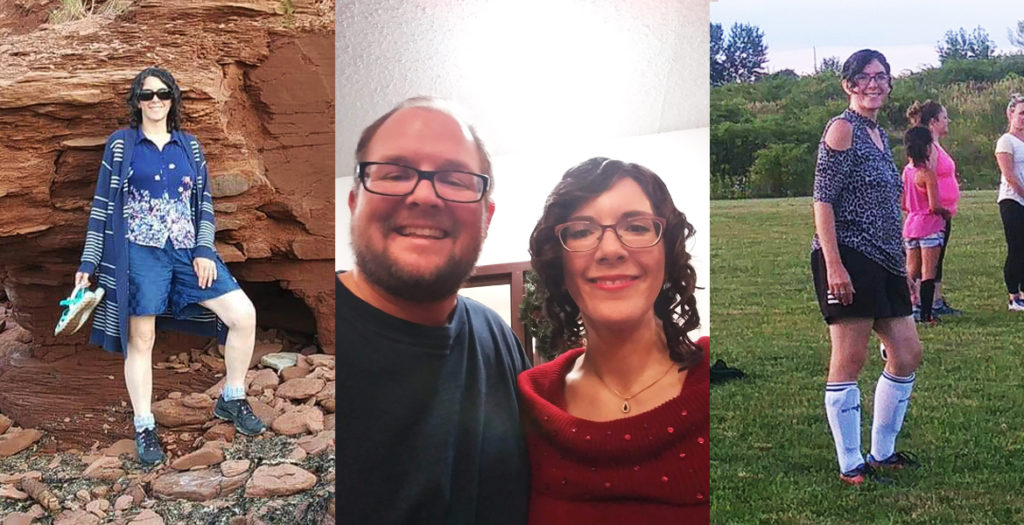From Chronic Pain to No Pain: How a Woman Lost 147 Pounds on a Plant-Based Diet

For Julie Veinot, her health problems had been getting worse and worse for years.
It started with a fall, which caused a herniated disc in her back. The Nova Scotia mother of two started walking with a cane, and went on pain medication, which made her feel dull, forgetful, and tired. Then depression set in.
At the same time, Julie’s doctor was monitoring a key indicator for inflammation in her blood. Her levels were four times higher than normal.
“I was on medication for depression, medication for pain,” she says. “I was on acid reflux medication, and asthma medications.”
Rock bottom, she says, came when she realized she couldn’t get down on the floor to play with her children. She was only 32.
“I wasn’t really living, I was only existing,” she says. “After two years, I thought: There has to be more to life than this.”
Taking Health into Her Own Hands
Julie wasn’t satisfied with the advice she was receiving from her doctor, so she decided to take charge of her health and research her options herself.
“I decided to focus on the inflammation, because it’s a precursor to disease,” she says. “It’s an indicator of how your body is doing overall, and obviously mine was not doing well.”
She read that taking a phytoplankton supplement had been helpful for people with inflammation, and decided to try it, taking one tablet a day while she was waiting for her next round of blood work.
“The results were incredible,” she says. When her doctor brought back her lab results, they were completely normal.
Julie was elated, but knew she needed to find a more sustainable solution — the supplements were expensive, and she thought there must be another way to keep her inflammation under control. After researching the connection between inflammation and food, she was ready for the next step.
“I decided to really transition my diet,” she says.

Plant-Based Baby Steps
Change started with a cup of coffee. Julie’s usual drink was a “double-double” — a double hit of both cream and sugar. “I went from skim milk, to no milk,” she says. “Then I got rid of the sugar, and went totally black.”
Once she got used to that change, she cut red meat out of her diet, then processed meats. Dairy was next — Julie had always suspected she might be lactose intolerant, so it wasn’t too hard to let the dairy go. Finally, she cut out poultry. “Chicken was the last meat for me to go,” she says.
Finally, she was ready to take the plunge and go plant-based.
“Animal products are definitely a cause of inflammation, and I wanted to eat clean,” she says. “I didn’t want anything in my diet that could contribute to my inflammation increasing again, and making me go back to where I was.”
Julie was already seeing a difference. She began to notice an increase in energy, and her stamina was better. She started walking again, and did a couple of 5K walks to raise money for homeless programs in her community. “I was doing 10-kilometer walks, all without pain,” she says. “Within a couple of months of going vegan, I got rid of my cane. I went from chronic pain to no pain.” She stopped taking pain medication.
Julie was still having problems with acid reflux, and decided to try a whole-foods, plant-based diet. After cutting out oil and margarine, the heartburn stopped.
In all, Julie’s plant-based transformation took about three years. In that time, she lost 147 pounds. “The doctor can’t believe it,” she says. “He tells me, ‘You’re a completely different person.’”
"Do your research, and take things at your own pace. The only other thing I would say is: it’s well worth the journey."
On Her Own Terms
While some people quit animal products cold turkey, for Julie, slow and steady was the key to success.
“Going slow, taking time to get used to the changes, getting comfortable with it, and then moving on, that set the pace,” she says. “I was also gradually increasing my activity and walking, and those two things worked beautifully hand in hand.”
While at first she craved certain foods — especially sweets — she found that she got used to the change, and now feels satisfied with fresh fruit, or baked goods made with applesauce or bananas. “I find that I don’t get cravings like I used to,” she says.
And while her family hasn’t adopted her lifestyle, she’s been happy to see a positive change in their lives as well. Since she began cooking more plant-based meals at home, her husband has lost 20 pounds. He and their daughter are now also starting to eat more plant-based — one step at a time.
“It’s exciting for me, but I respect that it’s his process and his journey, and my daughter’s too,” she says. “I want them to come to their conclusion, and make the decision for themselves.”
For those going plant-based, Julie says, do it on your own terms.
“Do your research, and take things at your own pace,” she says. “The only other thing I would say is: it’s well worth the journey.”


